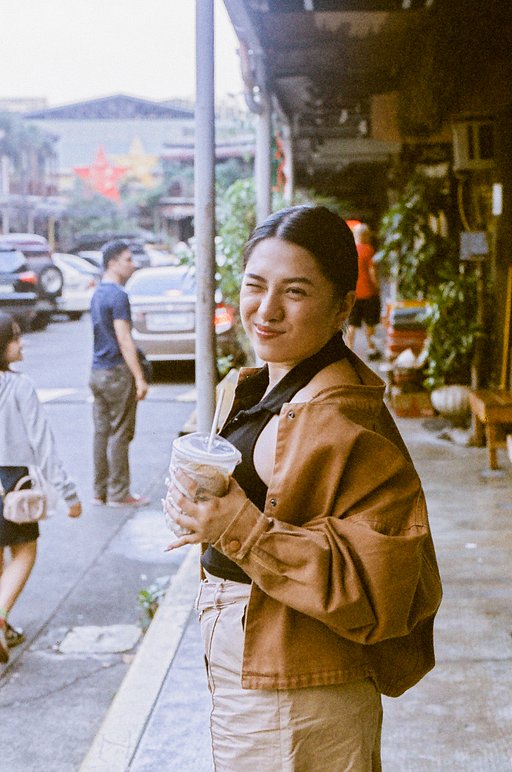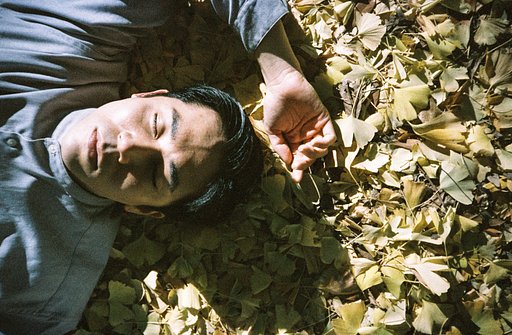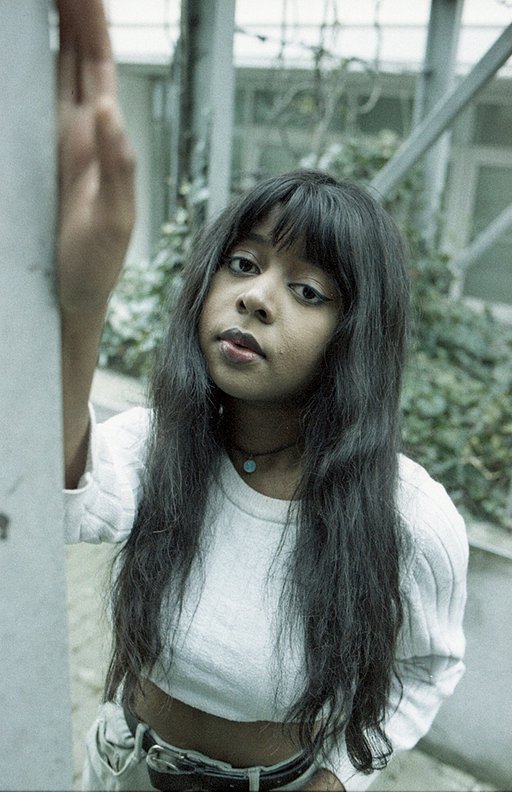Camera Guide for Beginners — Shooting with 35mm Part 2
2 12 Share TweetBefore diving into suggestions, you need to understand what kind of camera is best suited for you and your needs. There are a number of 35mm cameras out there with different features that are apt for different shooting styles. Knowing what you want and the right camera to shoot with can make all the difference. Let us walk you through the types of cameras you may want to consider:

Point-and-Shoot Cameras
From the name itself, these cameras are the ones you just point at your subject and hit the shutter. They are relatively easy to use since there are little to no controls needed. These types of cameras typically have a fixed lens and require the user to stay within a certain distance from the subject to get nicely focused shots. Although point-and-shoot cameras are generally simpler than most 35mm cameras, there are models that have nice features like autofocus, zoom, and dedicated flash, as well as multi-coated glass lenses for better image quality.

Olympus Trip 35 - A popular choice among photographers who want something compact and handy, the Olympus Trip 35 has a lot of nice features up its sleeves. It has an auto exposure system that makes easy work out of casual snapshots. The Trip 35 also has a sharp 40 mm f/2.8 Zuiko Lens that churns out high quality images with ease.

Lomo LC-A+ - One of Lomography's most popular cameras — the Lomo LC-A+. This small but completely capable shooter boasts high quality pictures, vibrant colors, remarkable vignetting, and creative control. Capturing crisp images is made easy with its quick zone focusing system while its automatic ISO exposure feature makes sure that your photos are well-exposed even in low light conditions. This classic is easily one of the most favorite cameras in our community and it comes in different editions as well.

Ricoh Auto Half - This camera is a quirky one — both in looks and features. The Ricoh Auto Half is a half frame camera with a fixed focus, and two shutter speed settings. Another feature that stands out in the Auto Half is its spring-drive auto crank that lets users shoot 25-30 half frame shots with one winding.
Single Lens Reflex Cameras
These are commonly referred to as "SLR" cameras. Single lens reflex cameras are a great starting camera for beginners because they are straightforward and relatively easy to use. What you see in your viewfinder is essentially what the camera sees through its lens. These cameras often have different controls for shutter speed, aperture, and flash settings depending on the make and brand. Many SLRs also come with the option of attaching different accessories like viewfinders and interchangeable lens systems to further improve shooting experience and image quality.

Canon AE-1 - A fan favorite among SLR users. The Canon AE-1 is touted as a "great beginner's camera" since it is easy to use thanks to its through the lens metering, ability to take in FD series lenses, and its user-friendly interface. First time SLR users will find delight in its thoughtfully designed controls that make learning photography basics fun and interesting. Oh, and did we mention that it's built like a tank? It was shortly followed by another blockbuster, the Canon AE-1 Program.

Pentax ME - Another entry-level 35mm SLR with a strong fan following. Photographers praise it for its good build quality, remarkable optics, and easy-to-use controls. Any beginner will appreciate its small body compared to other bigger and bulkier SLRs in its division. Of course, you can't practice shooting regularly if the camera's too heavy and cumbersome to carry, right?

Nikon FM2 - A workhorse camera. Photographers from different generations have sung songs of adulation for the FM2 for its cutting edge features (at the time) and timeless appeal. Not only is it a performer, it's a stunner in the looks department too. Newbie shooters will love its no-frills approach to photography since it's mostly a mechanical camera (only the light meter needs batteries to function.) A limited edition FM2 was also released in the market in commemoration of the company's millennium celebrations.
Rangefinder Cameras
Some would argue that this type of camera is more suited to more experienced photographers but we'll include it in the list as well. Rangefinders usually viewfinders on the side of the camera or above the lens and focusing is done by merging two overlapping images seen on the viewfinder. Using rangefinders can be a bit tricky at first but beginners can get great results with enough practice and dedication. Some of the most revered photographers of all time preferred using rangefinders in their artistic and commercial work.

Canon Canonet QL 17 GIII - Canon's pièce de résistance in their compact rangefinder line. This particular Canonet was a bestseller back in the day, thanks to its sleek design, ergonomics, and a variety of features that made it quite a contender in the rangefinder market. Its 40 mm f/1.7 6-element lens is capable of shooting clear images while its rangefinder focusing system made for easy on-the-go focusing. It's even considered as "the poor man's Leica."

Yashica Electro 35 GSN/GTN - This camera line was introduced in 1966 but is still known in the camera world up to this day. Why you ask? The Yashica Electro line (different versions) sold almost eight million units worldwide. The line was loved by millions of people and chances are, you might too. Its Yashinon DX 45 mm f/1.7 lens offers crisp images from the get go.

Fed 5 - A Soviet favorite due to its Leica-esque appeal. The Fed rangefinders are affordable but they carry their own weight when it comes to producing great images. This particular rangefinder offers nostalgic charm for any beginner who wants a glimpse into the old days.
Panoramic Cameras
Wide-angled and ready to take in the view, panoramic cameras are best suited for landscape photography. These cameras expose a greater area of 35mm film to accommodate the wide angle of the lens. It may appear to be a niche camera but there are certainly some good applications for this type of 35mm camera.

Horizon Perfekt - This is a camera that turns for you, literally. The Horizon Perfekt is a 35mm panoramic camera with a sweeping lens mechanism. This unique mechanical feature of the camera lets it capture ultra-wide panoramic scenes in one fell swoop. Quirky, yes it is but it takes some of the most amazing panoramic shots on 35mm film.

Sprocket Rocket - You guessed it, this camera does a little something with the sprocket holes in your 35mm film. The Sprocket Rocket takes wide angle panoramic shots on 35mm film with the added bonus of exposing the sprocket holes. This means that you can make undeniably unique analogue shots with every click of the shutter.
There you go! We're sure that some of you have your own suggestions for good beginner cameras. Let us know in the comments section below and get a discussion going. Check out the first part of our article to learn more about 35mm film photography.
















2 Comments